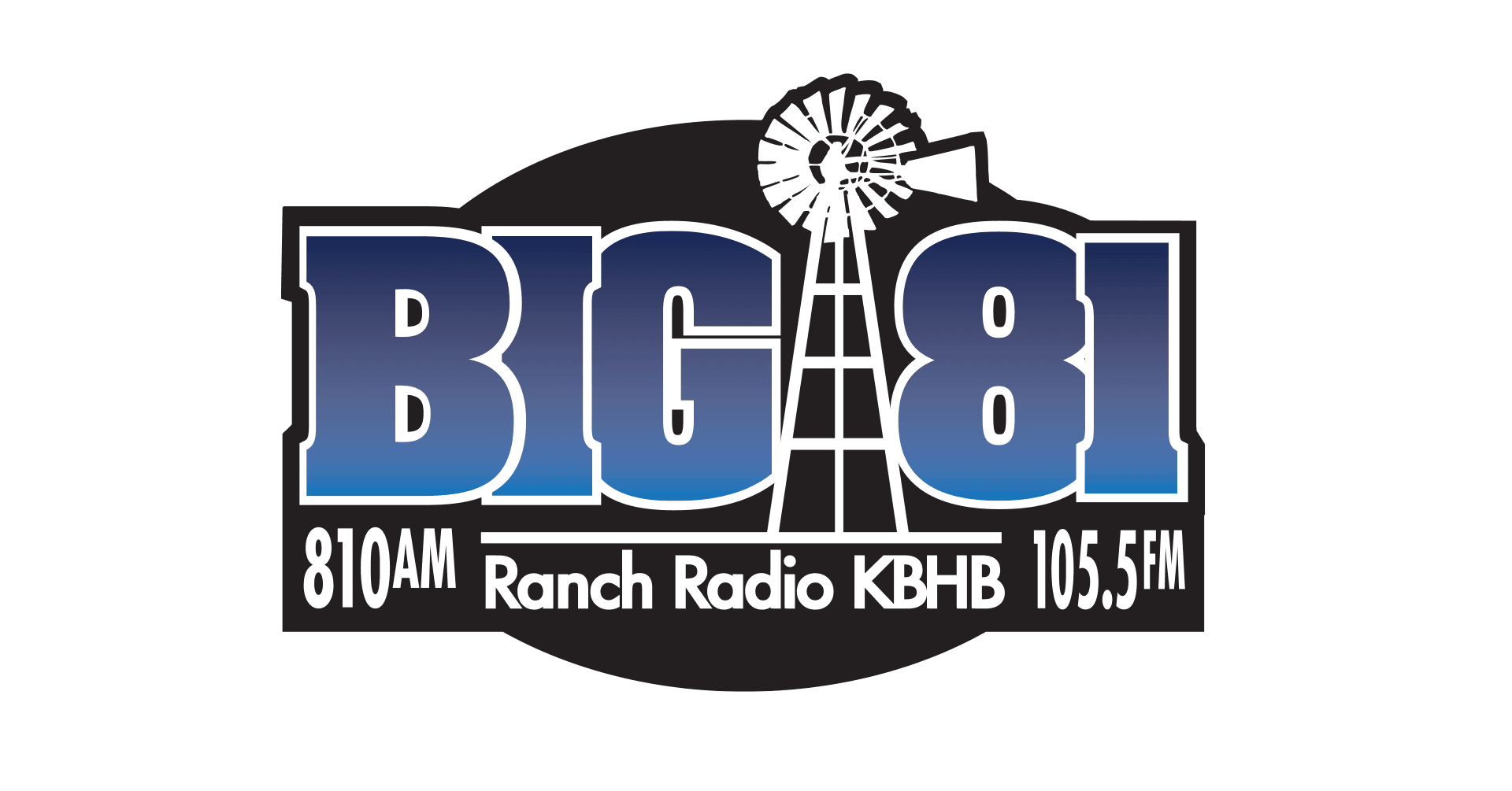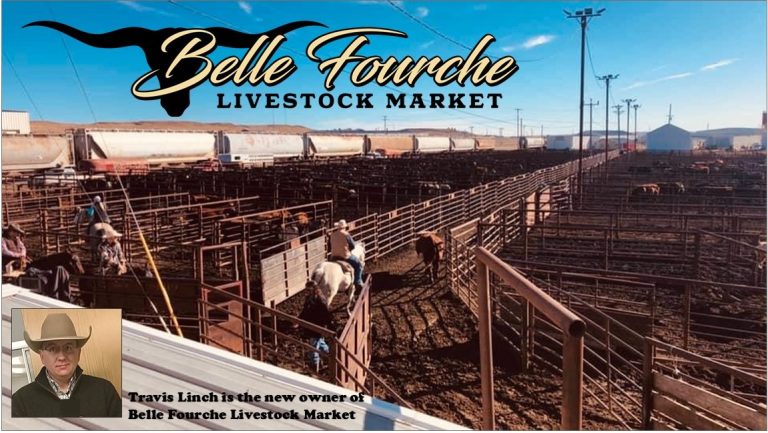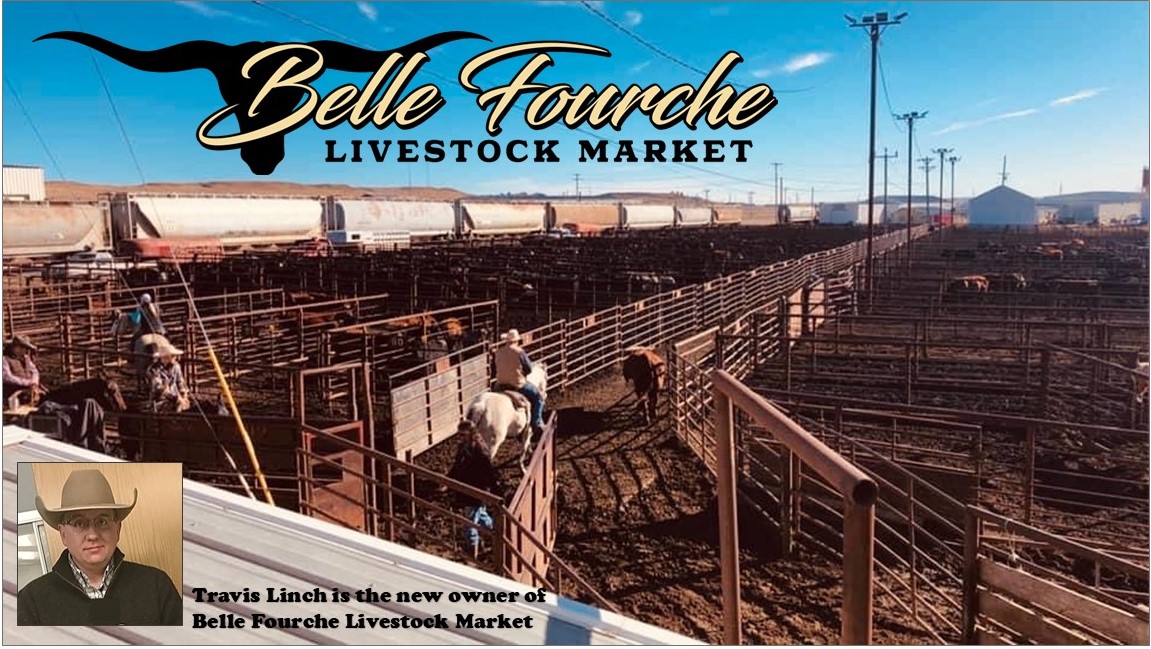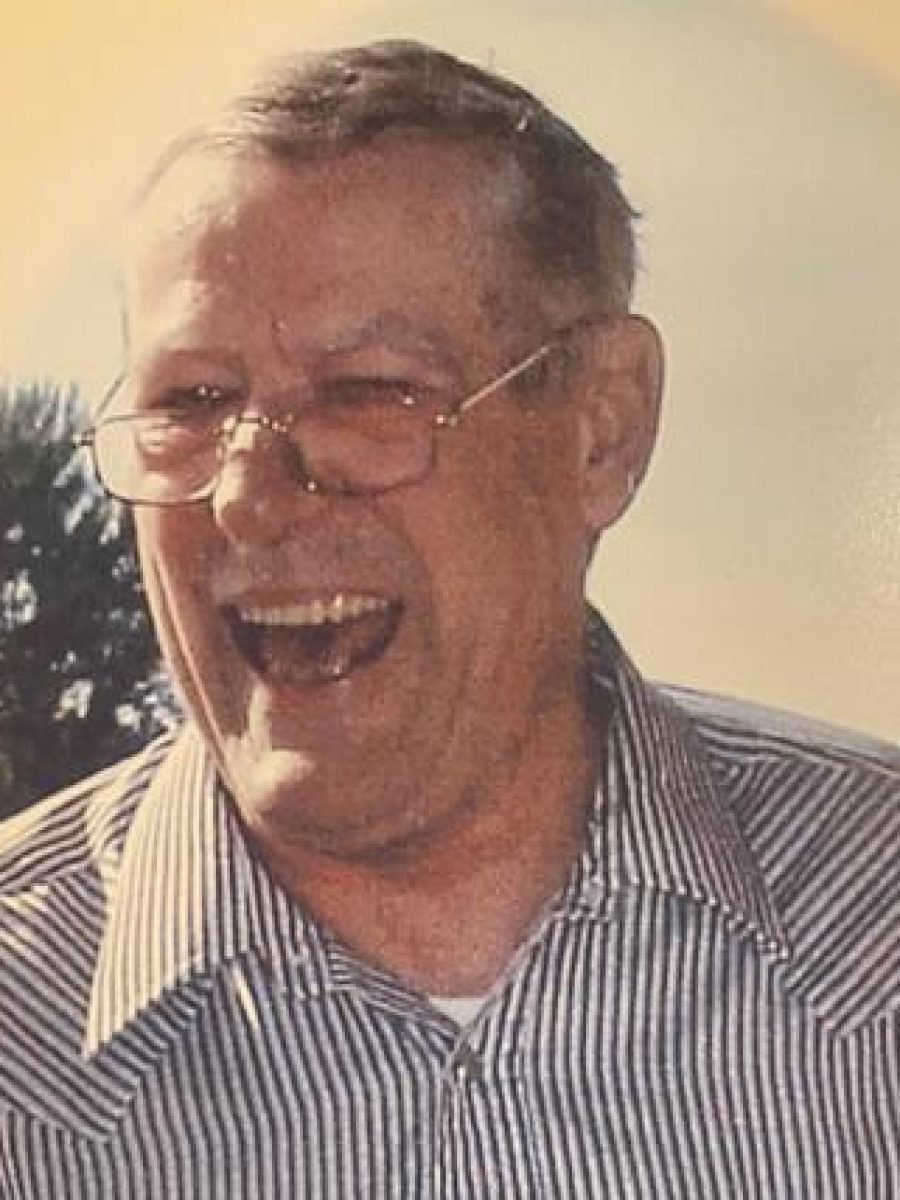LARAMIE, WY – A new documentary series highlights Wyoming ranching families that have gone to exceptional lengths to preserve Western ranching and steward big-game populations that depend on working lands.
The three-part series, “My Wild Land,” features ranches from across Wyoming: the Terry Creek Ranch near Laramie, the Bischoff Ranch near Lovell and the Hellyer family ranch near Lander. The series, presented by Muley Fanatic Foundation with support from the outdoor equipment company Maven and produced by the Wyoming Migration Initiative (WMI) at the University of Wyoming, was launched in response to the rapid residential growth of Western states in recent years and subsequent loss of wildlife habitat.
Each film shares the unique perspective of the landowners; their relationship to the land; and the challenges they’ve faced while maintaining cattle operations and promoting wildlife habitat.
“The ranchers and the lessees of these properties are the ones that are taking care of the land — they’re the ones out there doing the waterline projects and the fencing projects,” says Tyrell Bischoff, manager of the Bischoff Ranch and one of the film series’ featured ranchers.
“Many of Wyoming’s wildlife move across a mix of public and private ranchlands,” says Emily Reed, co-producer of the film series and a WMI associate research scientist. “The work of ranchers to steward their lands and maintain connected habitats is critical for wildlife populations, and we wanted to help tell that story.”
From 2000-2020, Wyoming’s total resident population grew by 17 percent. While most of Wyoming’s population growth happens in urban areas, the footprint of rural housing development can have a major effect on migratory big game.
Some ranchers, such as Al and Barb Johnson of the Terry Creek Ranch, worry that housing growth will edge out family ranches like theirs and the wildlife that depend on them.
“We’re seeing a lot of subdivisions coming westward and taking over the habitat,” Barb Johnson says in one of the films.
Researchers and managers recognize that much of Wyoming’s ranchland is winter range or migration habitat for big-game species including pronghorn, mule deer and elk.
“These working ranches are one of the major reasons big game can move between mountains and lowlands each spring and fall, allowing them to persist in the abundance they do today,” says Patrick Rodgers, the films’ co-producer and a WMI associate research scientist.
Jim Hellyer, a Lander-area rancher featured in the series, has witnessed urban expansion firsthand. One of Hellyer’s properties is a side route for medium-distance migrants of the renowned Red Desert-to-Hoback mule deer migration corridor.
“You can look across the valley and see these houses coming,” Hellyer says. “They come out of the ground just like the spring grass.” He adds, “If you lose agriculture, then you lose the open space.”
But, for Hellyer and many Wyoming ranchers, their main concern isn’t just habitat loss for big game; it’s preserving their livelihood and the ranching way of life for future generations. “It’s about conservation, but it’s also about the cow,” he says.
In the film, Hellyer notes the benefits that water projects, fence modifications and other improvement projects have had for his cattle.
“Whether it’s sage grouse or elk or mule deer, or historic trails, or riparian areas, it’s all there,” Hellyer says. “If they look good, your cows look good, and the range looks good. It’s not that complicated.”
In addition to a diverse group of ranchers, the films showcase Wyoming’s vast open spaces through vivid cinematography in all seasons.
“We hope these films are an experience that allows the viewer to enter into Wyoming’s wild places and get a sense of the conditions ranchers face just to make a living,” Rodgers says.
“It is with great enthusiasm to present the ‘My Wild Land’ series,” says Joshua Coursey, president and CEO of Muley Fanatic Foundation. “The cherished regard that these families hold for their landscapes and the benefit they provide in habitat for wildlife are immeasurable. The glimpse of insight these films provide to the stewardship responsibilities and efforts to further active conservation pursuits are worth celebration. In a day and age where habitat fragmentation is occurring rapidly, these films offer a breath of fresh air for what we know works in sustaining healthy wildlife populations: large open spaces.”













